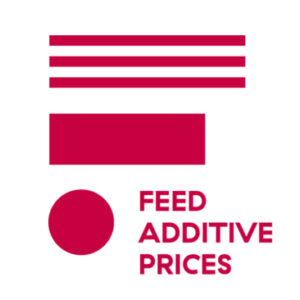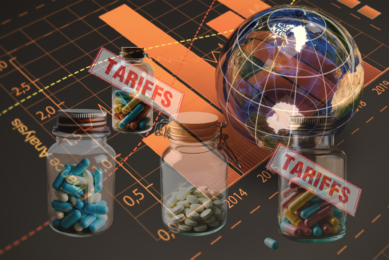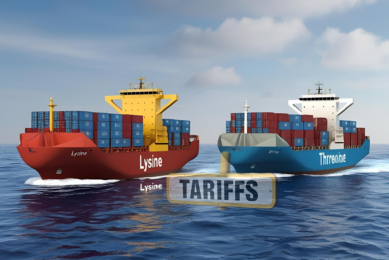Vitamin markets: Warming up for the new year

The overall vitamin market seems to be improving/in a better shape compared to 2-3 years ago. Several prices have moved away from their all-time low level. Although some products are still very cheap like biotin. Learn more in this week’s feed additives snapshot (week 2).
Vitamin A and E remain stable to slightly weak at a still high price level. The only difference is that the S&D for vitamin E is not really changing on the short term, but that is different for vitamin A, as there is new additional capacity expected in 2025 from China.
BASF is still under force majeure. The high vitamin D3 prices seem to stick and material is tight and suppliers are holding on to high prices. No nearby change expected in that situation. Vitamin B1 and B6 remain firm. Vitamin B3 and B5 are stable at a relatively low price level, no change seen there.
Vitamin C prices have moved up recently and are currently stable. Folic acid prices had increased significantly, but in some cases and places the momentum is fading and there are some first signs of potential price decrease, although it is still in the early stages.
In partnership with Feed Additive Prices
Vitamin E 50%
The movement of vitamin E continues to be relatively stable, at a high price level. Some price decline was seen, but only limited. Suppliers are very keen to maintain at least the current price level and act accordingly. Buyers are conservative and are contracted for most of Q1 and wait and see. No short-term changes are expected to these dynamics. It is said that additional capacity will come on the market in 2025, but that is still to be seen. Right now the market is relatively quiet.
Vitamin A 1000
Prices for vitamin A1000 are still firm, but there has been a constant step-by-step price decline for some months now. Suppliers remain firm on the price and manage availability. Plus one of the main suppliers is still under force majeure. Buyers are very conservative and have a strong wait-and-see attitude. These combined dynamics have ultimately led to the slow price erosion we have seen recently. There is more capacity coming on the market later this year from a new supplier and the force majeure situation will end sooner or later. Until then it is very likely prices will remain relatively firm and the overall trend similar to the current one. Buyers have already secured a decent part of their Q1 needs.

Vitamin D3 500
The higher vitamin D3 prices have been sticking longer than expected. Material is short and suppliers remain firm on prices. One of the main suppliers has announced a further price increase, but no reaction from the market so far. No nearby change is expected, although some buyers have to return to the market in Q1 to secure more volume. These buyers had a wait-and-see attitude before but realise now that a short-term price reduction is not realistic. A decent portion of Q1 is contracted.
Vitamin B2 80%
In Europe, there is still some tightness seen in the supply chain at Western manufacturers, which has led to some delays in deliveries and slightly firmer prices. In other regions, the availability seems to be fine and prices have been mostly stable lately. No nearby changes are expected. Most of Q1 has been contracted by now.
D-Calpan
Relatively static market. Prices remain stable at a relatively low level and that goes for all regions. As there is an oversupply situation for this product, no signs of nearby change are expected. A good portion of Q1 is contracted.
Vitamin B3
Several suppliers continue to have a strong desire to increase prices. But a few other suppliers want to maintain or increase market share and therefore continue to offer competitive prices. As a result, no changes are seen in the market compared to previous weeks. Buyers have secured most of their Q1 needs. The market is currently relatively quiet.
Biotin
No signs of any sort of change in the biotin market are seen or reported. Very static market at the moment. New additional production capacity in China has recently been announced for 2025. A good portion of Q1 is contracted.
Vitamin C 35% mono
Very static market for weeks already. Most suppliers continue to insist on firmer prices and/or are not even offering at all. In general, prices are stable and the number of transactions is very limited. There is no urgency to buy new material. Overall, the market is very quiet. A decent portion of Q1 has been contracted, some overlap into Q2 is seen as well.











